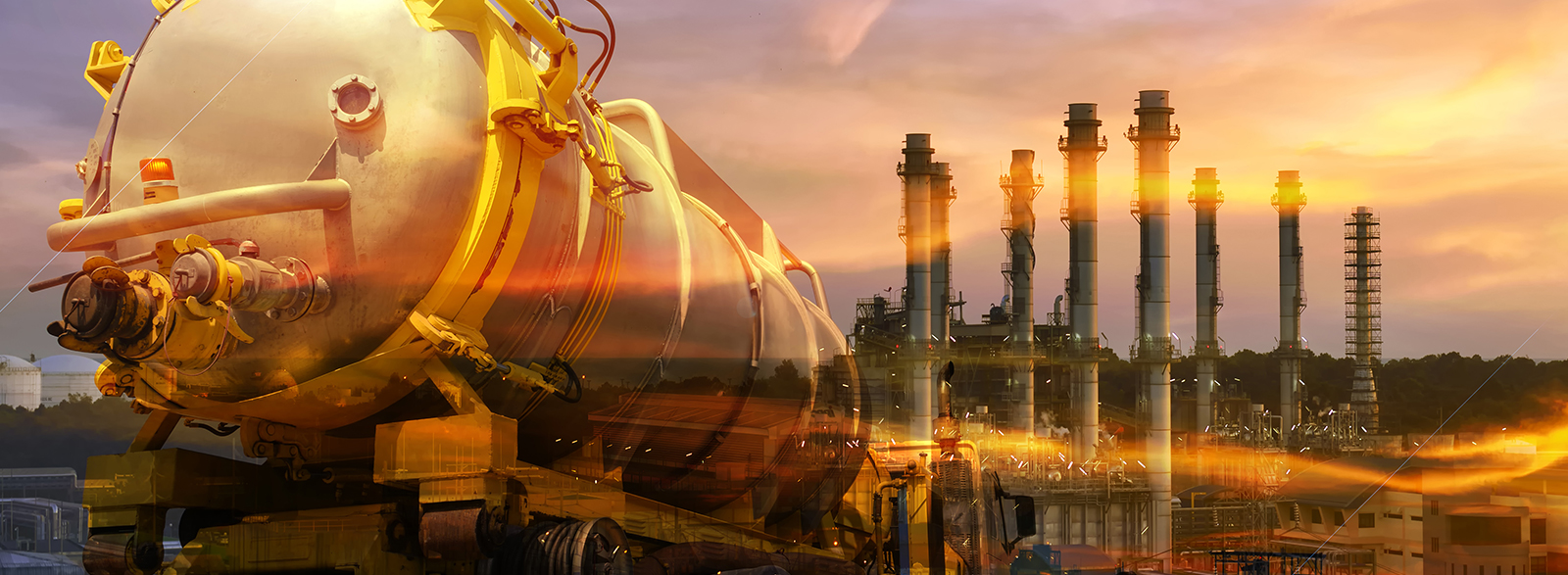What is the difference between a centrifugal radius and a decentralized radius?
What is the difference between a centrifugal radius and a decentralized radius?
A reducer is a type of pipe fitting that connects two pipes of different diameters that are used to create a wider and more flexible range of connections between pipes.
Radiators are produced in different materials depending on the type of application and are produced in metric and inch dimensions. Various materials are used in the manufacture of reducers. Stainless steel, carbon steel, alloy steel, titanium alloy, copper, nickel, cast iron, brass, bronze, rubber are the materials used in the manufacture of radiators. Longevity depends on the ingredients.
Hydraulic systems, pneumatic systems, pharmaceutical industry fittings, air brake fittings, gas fittings, refrigeration fittings are systems in which radios are used.
Reducers are used for two general purposes: changes in pipe diameter, material displacement, lack of centrifugation, and vibration.
The radiators are either seamless and welded or welded.
There are two types of radios that are centrifugal and non-centrifugal, which we will define and characterize below.

Concentric Reducer
Concentric diodes are placed to connect a pipe to another pipe that is in line with each other. The transmission in the concentric radius is conical, which is caused by the different diameters of the radiator.
The radiator can make a single or multiple diameter changes. The tubes cannot detect what the radiator is configured for.
Therefore, concentric radios connect pipes of unequal size, which have a central axis. In other words, it is a pipe connection that connects pipes of different diameters that connect the pipe on the same axis.
Concentric radiators are designed with two different diameters, small and large, on opposite sides, and the transmission flows in a conical manner. These types of radiators are available both welded and seamless.
Some of the applications of a centralized radiator are as follows
Air conditioning flow between the pipe and the pump
Concentric radiators are used to transfer liquids and abrasive liquids.
It is very efficient and useful in cases where cavitation occurs.
The use of concentric radiators is ideal for the transfer of fluid between pipes of different sizes and flanges where abrasion protection is important.
Concentric radiators are also used to drain the pump
Eccentric Reducer
Non-centrifugal, the central axis of the larger head is designed with a slight difference from the central axis of the smaller head, and the produced part has a step difference between the two parts.
Decentralized radiators should be installed to the right of the stream to prevent air from penetrating the pump suction. Decentralized radiators allow the connection of pipes of different sizes.
Application of decentralized radios
Holding (connecting) large and small pipes to each other
Reduce sound and vibration simultaneously
Requires less space for installation
It absorbs sound and noise from the fluid through the walls.
Less disturbance and therefore does not cause destruction in the flow path.
A decentralized radiator with air suction in the pump is used to prevent cavitation in the pump.
read more
Related Articles



